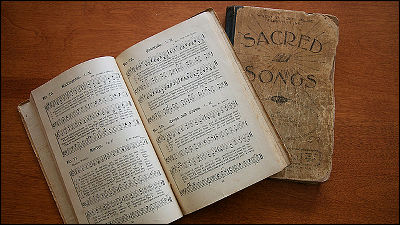What is the 'Q Source Hypothesis' that explores the origins of the Gospels, the canonical texts of Christianity?

Is the Q Source the Origin of the Gospels?
https://www.thecollector.com/q-source-origin-gospels/

The Gospels of Matthew, Mark, and Luke all have a similar structure, similar language, and tell similar stories, and together they are known as the Synoptic Gospels.
It is also believed that the Gospels of Matthew and Luke were written between 80 and 95 AD based on the Gospel of Mark, which was written between 65 and 70 AD. As a result, there are many similarities between these gospels, but there are also literary similarities that appear in the Gospel of Matthew and Luke but not in the Gospel of Mark. These similarities have led to the hypothesis that the author of the Gospel of Matthew and Luke may have used a source other than the Gospel of Mark. The source that is thought to have been the basis for the Gospel of Matthew and Luke has come to be called 'Q', an acronym of the German word 'Quelle', which means 'source'.

Based on similarities between the Gospels of Matthew and Luke, researchers have inferred that 'Q' is the saying of Christ, but the lack of narrative similarity between these Gospels suggests that 'Q' is a collection of sayings by Christ without a narrative framework.
The 'Q source hypothesis' was developed in the late 18th and early 19th centuries as a way to explain the similarities between the Gospels of Matthew and Luke. In particular, two German biblical scholars, Johann Eichhorn and Heinrich Holzmann, hypothesized that Q was written in Hebrew or Aramaic and was the source of the Synoptic Gospels.
Since then, various researchers have analyzed the Gospel of Matthew and Luke and attempted to use the similarities to identify the original source and reconstruct 'Q'. Research is also being conducted to reconstruct 'Q' from works such as the early Christian treatise '
Previous research has suggested that because 'Q' is a collection of sayings from Christ, it does not include stories about his birth, crucifixion, or resurrection.
However, no evidence has been found to date that 'Q' existed. Nevertheless, it is believed that 'Q' likely existed, for a variety of reasons. One is that the Gospel of Mark does not include 'ethical teachings, sayings of wisdom, and teachings about the Kingdom of God,' and the Gospels of Matthew and Luke share the same wording and order. This suggests that the Gospels of Matthew and Luke use common sources.

In addition, statistical analysis has revealed that there are parts that are not found in the Gospel of Mark that are consistent with the Gospels of Matthew and Luke. This quantitatively indicates the existence of 'Q.'
Furthermore, the order and wording of the Gospels of Matthew and Luke are different, suggesting that Luke's Gospel was unlikely to have been copied from Matthew's Gospel, and that they shared a common source. The Collector, a foreign media outlet, stated, 'Each author appears to have worked from the same source material, adapting it to his own style, story, and focus.'
However, while research into the existence of 'Q' is progressing, other hypotheses have also emerged, such as 'the Gospel of Mark was also written using materials like 'Q,' which means that 'Q' was the source of all three Synoptic Gospels, and 'the Gospel of Matthew was written based on the Gospel of Mark, and the Gospel of Luke was written based on both,' which excludes the existence of 'Q.' The 'Farrer Hypothesis' also suggests that the Gospel of Matthew was written based on the Gospel of Mark, and the Gospel of Luke was written based on both.

The weakness of the Q material hypothesis is that, despite the intense academic efforts to track down 'Q', it is impossible to physically find the text of 'Q'. The Q material hypothesis is based on statistical and literary analysis and inference, and no actual materials have been found to support its existence. Therefore, it has been pointed out that it may not be justified as evidence to prove the existence of 'Q'.
The Collector said, 'Q may not be a good source of gospel material because it lacks references to the essentials of the gospels, such as the birth, death, and resurrection of Christ. But it is a great source of Christ's words.'
Related Posts:
in Note, Posted by log1r_ut







